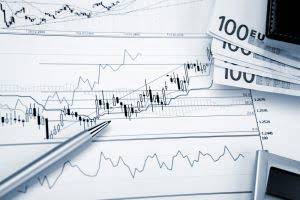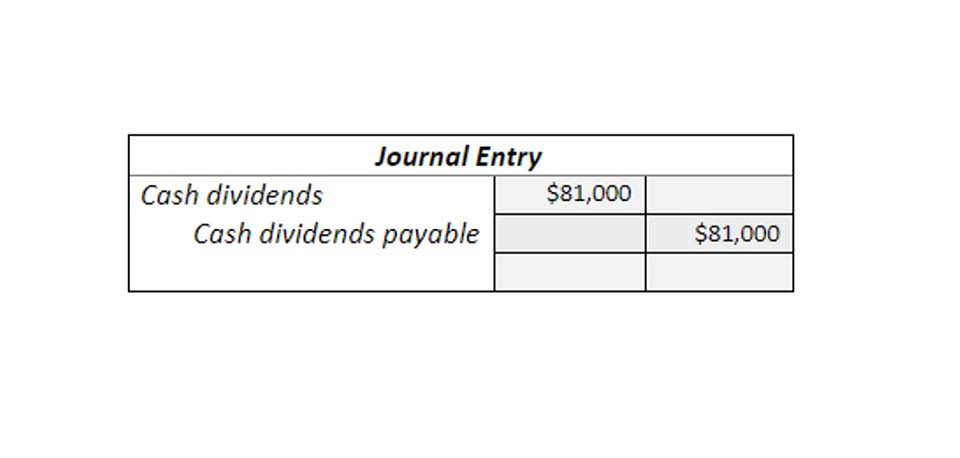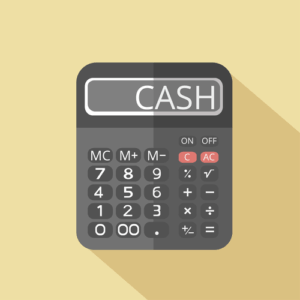
Again, checks may be formatted differently depending on where they are printed. A good tip for finding the check number is to look for the smallest or shortest number—that’s often the check number. You can write additional information just about anywhere on the front of a check, as long as it doesn’t cover up any important information. However, you should not use the back of the check for writing any memo information. Use the recipient’s full name, rather than a nickname, to avoid any confusion or difficulty for the person depositing the check.
Parts of a Check
We’ll also look at some best practices for keeping your bank account information safe. Customers, for example, must enter biometric data, voice activation, or a time-sensitive code received to their email or mobile phone to access their accounts. To safeguard account numbers, individuals should avoid sharing personal information, regularly monitor account activities, and contact their bank in case of the number assigned to an account security breaches. Inform them about the suspected breach and request them to freeze your account to prevent further unauthorized transactions. Your bank will initiate an investigation to resolve the issue and protect your account from any potential harm. The consistent structure also reduces the chances of human error in processing international transactions, reducing the risk of misdirected funds.
Parts Of A Check Labeled & Explained
The person who wrote the check must sign this area with the same signature used when they opened the bank account. This field is optional but can be a helpful reminder of what the check was written for. If you’re paying a bill, you might also have to put your account number with that company on this line. This will make sure the money goes to pay off your bill and you don’t end up with a late charge.
What to do when you get a check?
The bottom of a check will include the magnetic ink character recognition line that the Federal Reserve requires for all checks. These numbers are the lengthy digits at the bottom of paper checks or on the backs of credit cards. Yes, bank account numbers are considered confidential information and should be kept secure.
- Write the name of the person or organization that you wish to pay, also known as the payee.
- This is called an Automated Clearing House transfer, and it requires your routing and account numbers.
- This field is optional but can be a helpful reminder of what the check was written for.
- MarketWatch Guides may receive compensation from companies that appear on this page.
- While it may be less convenient and require a trip to the branch, contacting your bank is another option.
- Regardless, the security-enhancing measures are not completely impenetrable.
Routing Transit Number (RTN):
Your account number is also located on the bottom of a check, and it also utilizes MICR. Remember, if there’s any difference between the dollar box and the amount written in words, the bank is supposed to ignore the dollar box. On this line, cents are written as fractions of a dollar, rather than as full cents. Since there are 100 cents in every dollar, put the number of cents above the number 100. This box is sometimes called the “courtesy box” because it appears on the check as a courtesy or convenience.

Do you own a business?

If you have checking accounts at two different banks, each account would have a unique account number and each bank would have a unique routing number. Unlike a bank account number, a bank routing number is public information and doesn’t need to be secured or protected. You can find your bank account number on your bank statements, printed at the bottom of a paper check, or by logging on to the bank’s website.
Be cautious while providing your account number and only share it with trusted parties, like your bank or legitimate service providers. If account details fall into the wrong hands, individuals may face financial losses, fraudulent activities, or even identity theft. Practicing responsible account information management is crucial to prevent such adverse outcomes. For individuals or businesses with multiple bank accounts, the uniqueness of each account number becomes invaluable.
Paying Bills Electronically
New security measures, such as tokens, biometrics, two-factor authentication, and instant account verification, can supplement and strengthen account numbers. Meanwhile, financial institutions have begun to pursue other avenues for preventing and detecting fraud. For example, predictive analytics and machine learning can be used for anomaly detection.

A bank account number is a unique identifier that each bank assigns to every account held in their institution. As with your routing number, you can find your account number on a check, online or by contacting the financial institution. The individual’s bank account number works together with the routing number to identify the right account holder at the right institution. The clearinghouse is the designated financial intermediary that validates and finalizes transactions between a buyer and a seller. A person may hold multiple accounts, each with its own unique account number. If a bank merges with or acquires another bank, account numbers may change.

